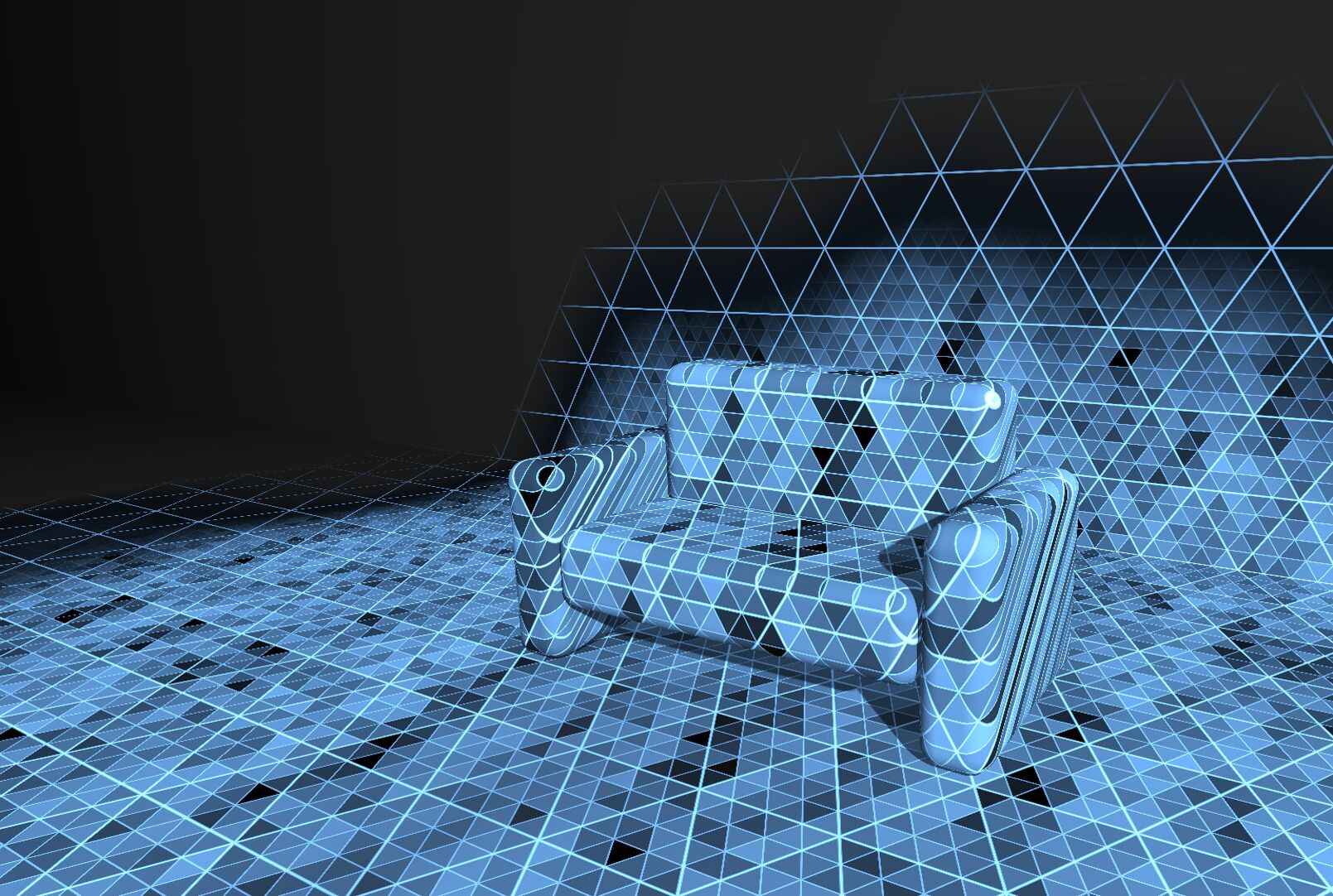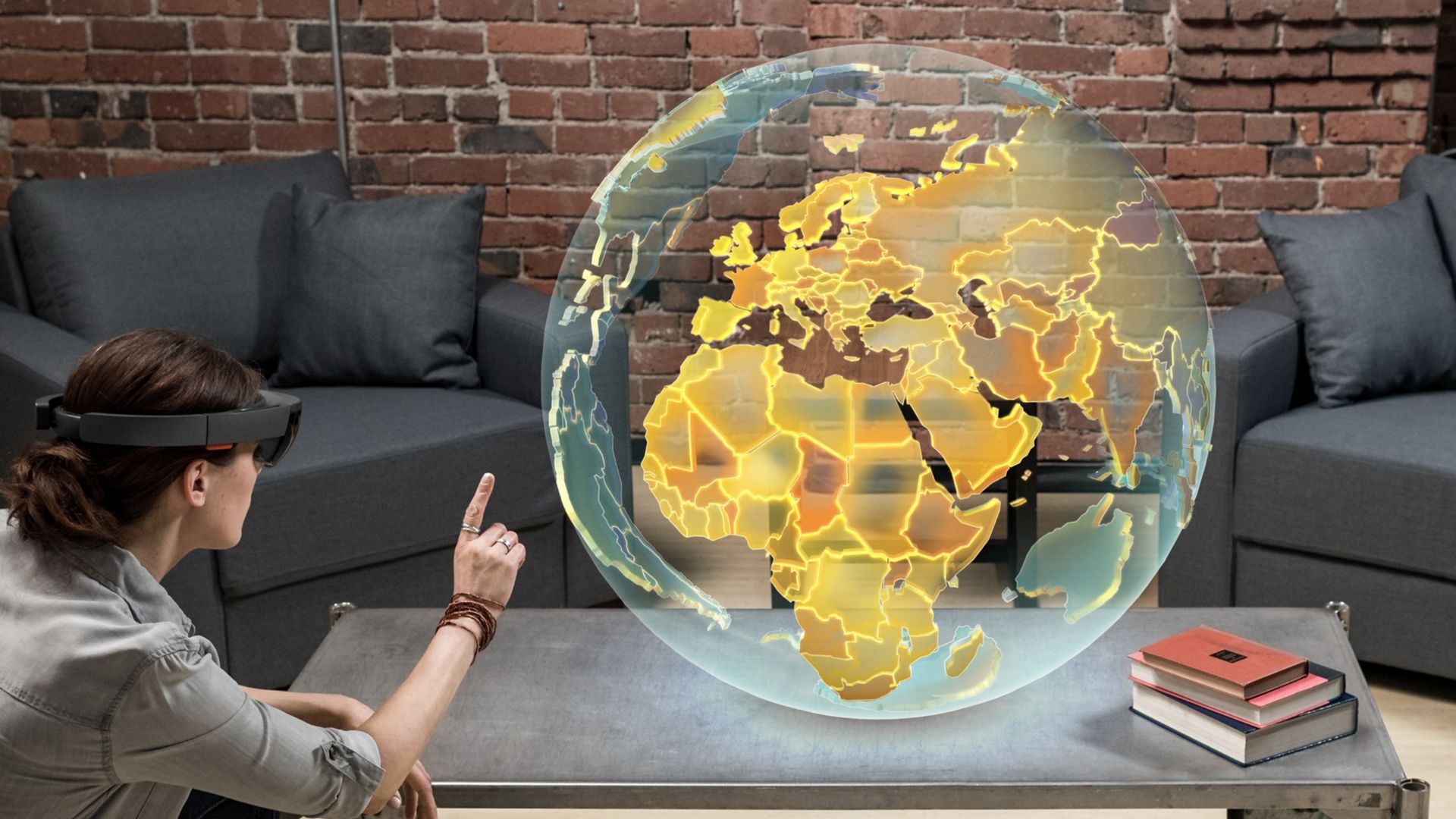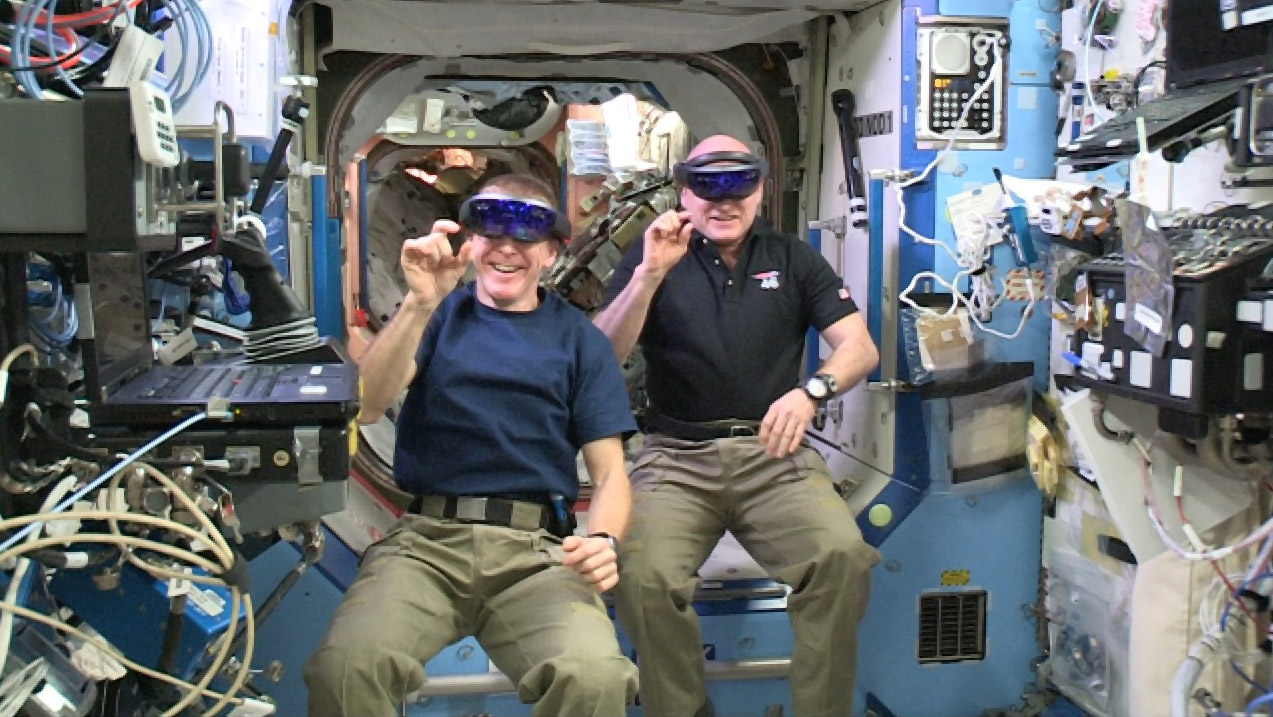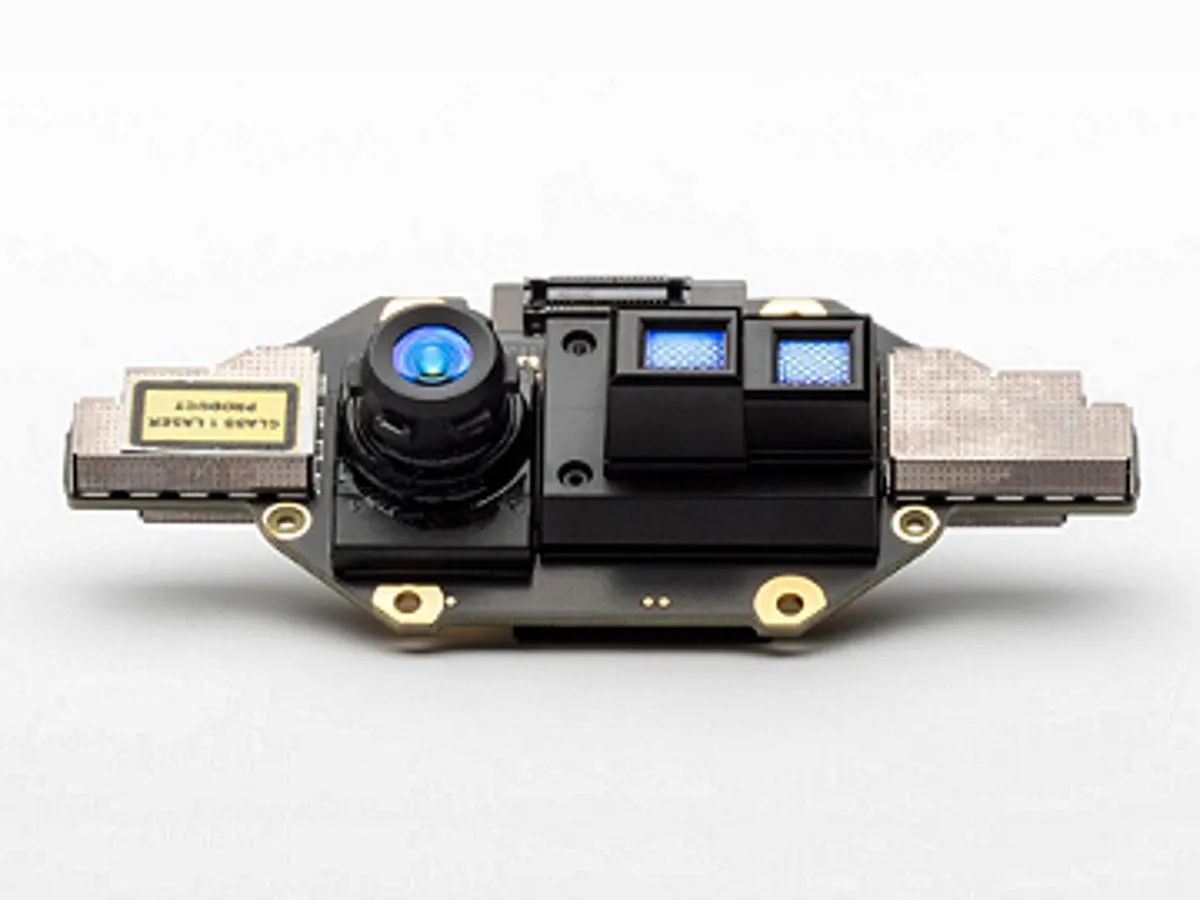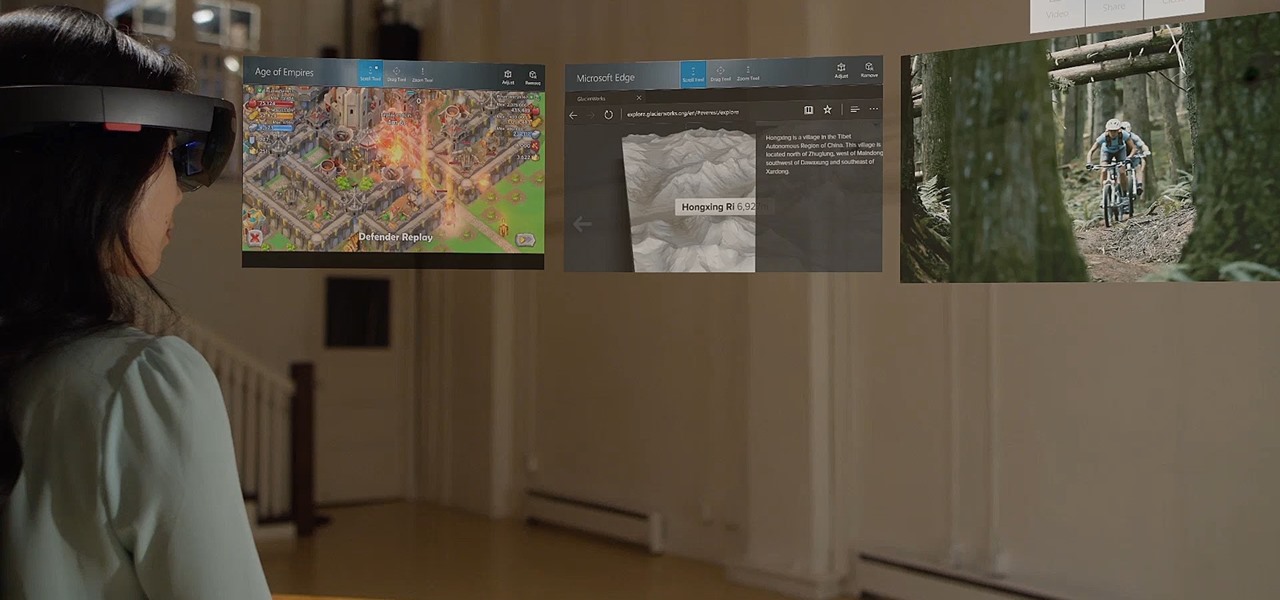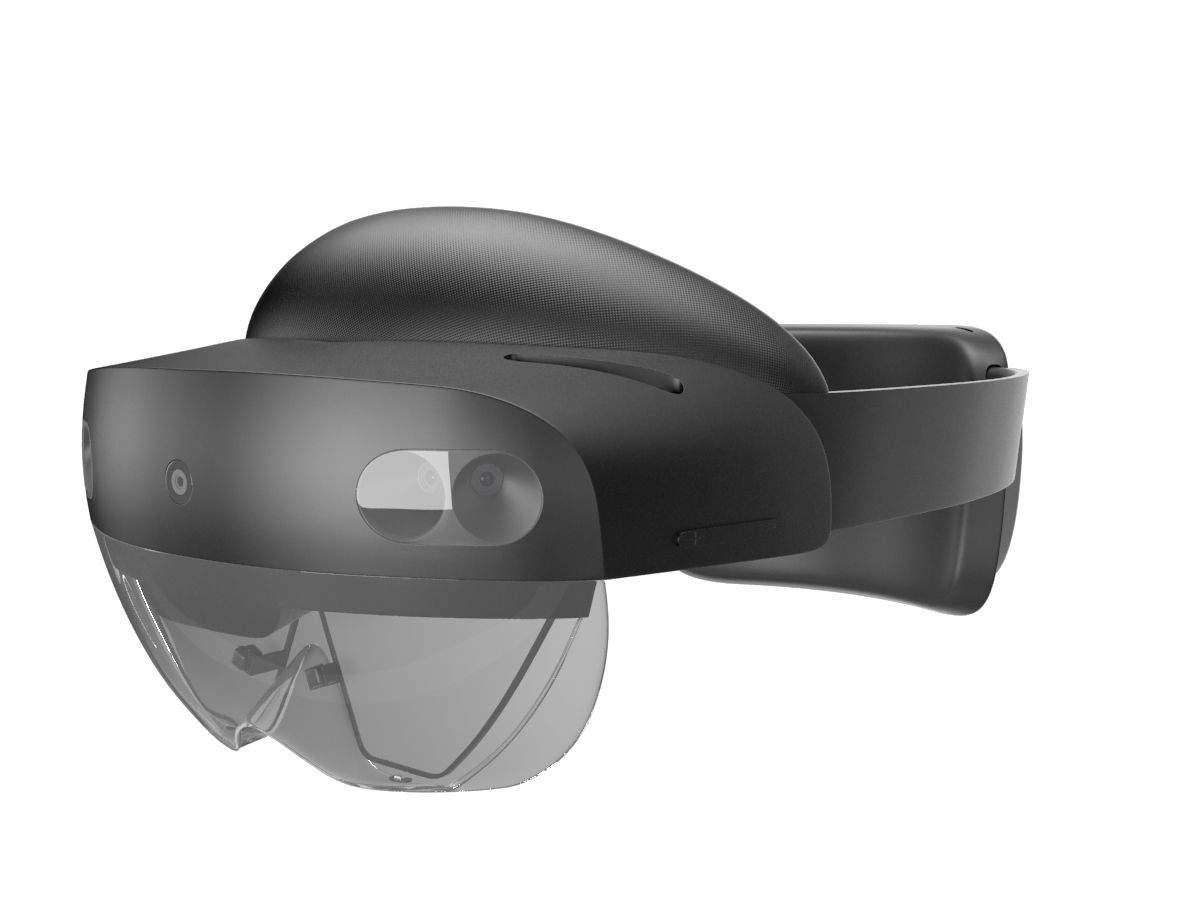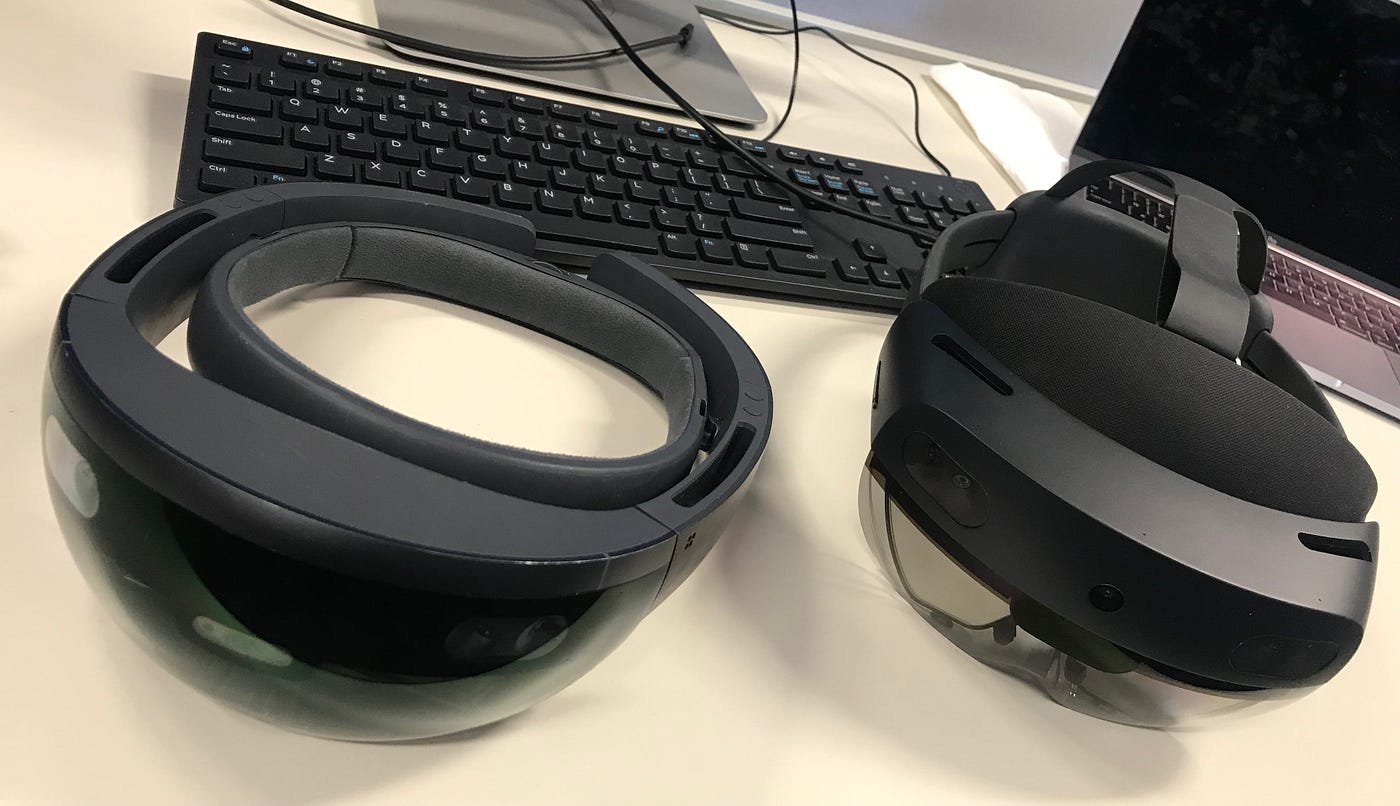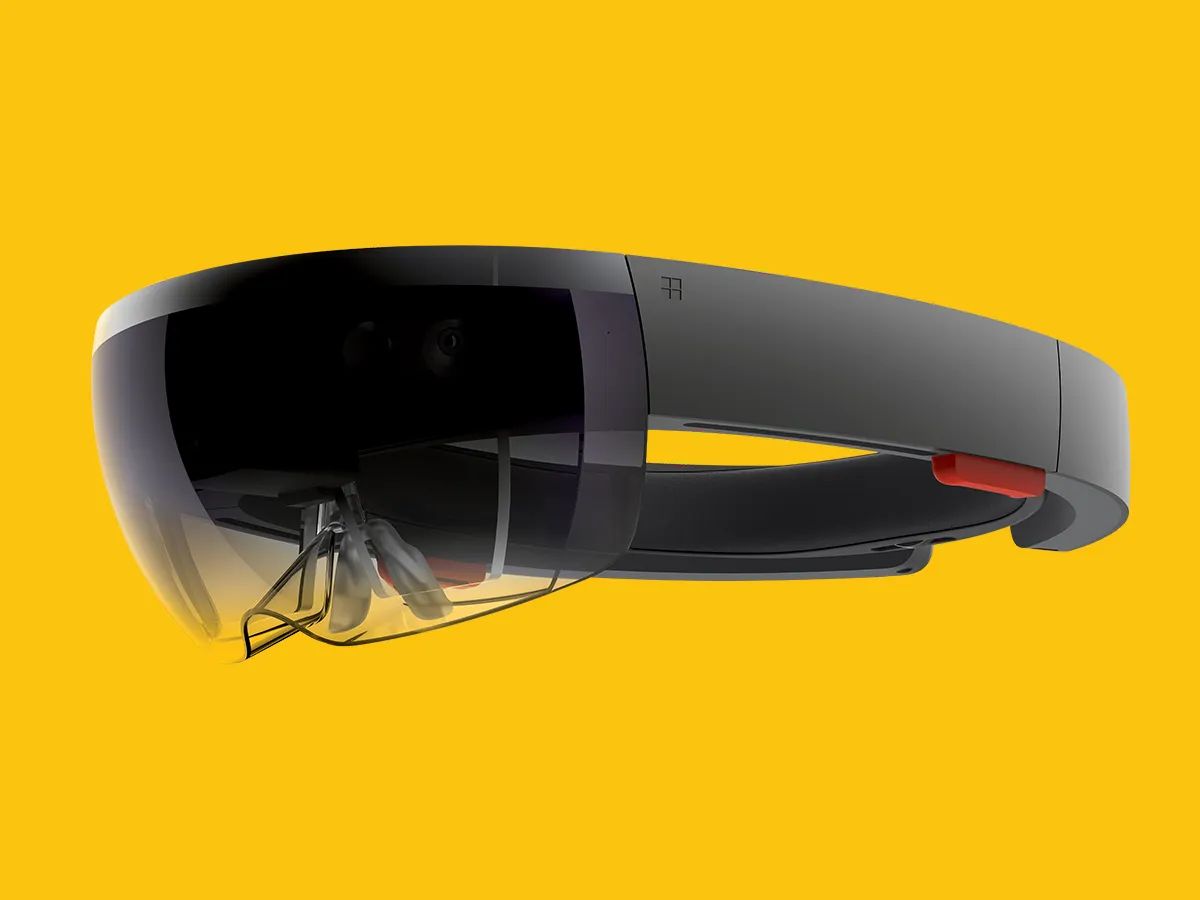Introduction
Virtual reality has revolutionized the way we perceive and interact with our digital world. The introduction of devices like Microsoft’s HoloLens has brought augmented reality to the forefront, opening up endless possibilities for immersive experiences. One crucial aspect of creating realistic augmented reality scenarios is spatial mapping, which involves mapping the real-world environment onto the digital space. One of the fundamental elements of spatial mapping is finding the floor, as it serves as the foundation for all virtual objects and interactions within the HoloLens environment.
In this article, we will delve into the importance of finding the floor in spatial mapping and how to accomplish this using the HoloLens device. We will provide a step-by-step guide to help you effectively identify the floor and ensure accurate placement of virtual objects in your augmented reality experiences.
Before we dive into the technical details, let’s take a moment to understand what spatial mapping entails and why it is an integral part of creating immersive augmented reality environments.
Understanding Spatial Mapping
Spatial mapping is the process of creating a digital representation of the real-world environment, allowing virtual objects to interact with the physical space. It involves using various sensors, cameras, and algorithms to capture the geometry and characteristics of the surrounding environment. By understanding the spatial layout of a room or space, the HoloLens can accurately map and overlay virtual objects onto the real world, creating a seamless augmented reality experience.
The HoloLens uses a combination of depth sensing cameras, infrared sensors, and motion tracking to gather data about the environment. This data is then processed using advanced algorithms to create a 3D mesh representation of the space. This mesh consists of interconnected triangles that accurately represent the surfaces and objects in the environment. By continuously updating this mesh as the HoloLens moves, the device can track the user’s position and ensure accurate placement of virtual objects in the physical space.
Spatial mapping not only allows for accurate positioning of virtual objects but also enables realistic interactions with the environment. For example, virtual objects can collide with real-world objects, cast shadows, and even interact with the geometry of the space. This creates a sense of immersion and realism that enhances the overall augmented reality experience.
Furthermore, spatial mapping enables the HoloLens to understand occlusion, which is the ability to recognize and hide virtual objects behind real-world objects. This enhances the illusion of virtual objects seamlessly blending into the physical environment, enhancing the sense of presence for the user.
By understanding the intricacies of spatial mapping, we can appreciate its significance when it comes to finding and interacting with the floor. Accurately detecting and mapping the floor is essential for ensuring that virtual objects are properly anchored in the virtual space and interact realistically with the physical environment. Now, let’s explore why finding the floor holds particular importance in the HoloLens spatial mapping process.
Why Finding the Floor is Important
Finding the floor is a crucial step in the spatial mapping process for several reasons. Firstly, the floor serves as the foundation upon which all virtual objects are placed and interact with the real world. Accurate detection and mapping of the floor are essential to ensure that virtual objects are properly aligned and grounded within the physical space. This allows for a more immersive and realistic augmented reality experience for the user.
Moreover, the floor provides a reference point for the HoloLens device to accurately track the user’s position and movement within the environment. By identifying and understanding the floor’s geometry, the spatial mapping system can establish a frame of reference and track the user’s position in relation to the floor’s surface. This tracking capability is vital for maintaining the consistency and stability of virtual objects as the user moves around the physical space.
Additionally, the floor plays a significant role in occlusion, which is the ability of virtual objects to be hidden behind real-world objects. When virtual objects are placed on the floor, they can be occluded by furniture, walls, or other objects in the environment, just like real objects would be. This occlusion effect is crucial for creating a seamless augmented reality experience, where virtual and real-world objects interact convincingly.
Another reason why finding the floor is important is for collision detection. Virtual objects need to interact realistically with the floor, taking into account factors such as surface friction, bouncing, and impact forces. By accurately detecting and mapping the floor, the HoloLens can ensure that virtual objects behave as expected when they come into contact with the floor, enhancing the overall sense of realism and immersion.
In summary, finding the floor is a vital step in spatial mapping as it provides a stable foundation for virtual objects, enables accurate tracking of the user’s position, facilitates occlusion, and allows for realistic interactions with the environment. By understanding the importance of finding the floor, we can ensure that our augmented reality experiences using the HoloLens are engaging, immersive, and seamlessly integrated with the physical world.
Step-by-Step Guide to Finding the Floor
Now that we understand the significance of finding the floor in spatial mapping, let’s explore the step-by-step process of accomplishing this using the HoloLens device. Follow these instructions to effectively identify and map the floor in your augmented reality experiences:
- Start by putting on the HoloLens headset and ensuring it is properly calibrated and adjusted for your comfort.
- Power on the device and wait for the HoloLens to boot up.
- Once the HoloLens is ready, you will be presented with the holographic home interface. Navigate to the spatial mapping application or open the desired augmented reality experience that requires floor detection.
- Ensure that the environment in which you are operating is well-lit, as this allows the HoloLens to accurately capture depth information and create a precise spatial map.
- Look around the room or space, making sure to move the HoloLens slowly and scan the entire area. This allows the device to capture data from different perspectives and angles, improving the accuracy of the spatial mapping.
- As you scan the room, the HoloLens will begin to detect and map the surrounding surfaces. Look specifically for the floor, focusing on areas where the floor meets the walls or furniture.
- Observe the spatial mapping mesh generated by the HoloLens. Ensure that the floor is accurately represented by the mesh, with the correct shape and position.
- If the floor is not properly detected or mapped, try adjusting the lighting conditions or moving to a different area of the room. Repeat the scanning process until the floor is accurately captured.
- Once you are satisfied with the spatial mapping and floor detection, you can proceed to place virtual objects on the floor and interact with them within the augmented reality experience.
- Remember to periodically update the spatial mapping by rescanning the environment, as changes in lighting or object placement can affect the accuracy of the floor detection.
By following these step-by-step instructions, you can effectively detect and map the floor in your augmented reality experiences using the HoloLens. Remember to take your time and ensure that the scanning process is thorough and accurate to achieve the best results.
Conclusion
Spatial mapping plays a vital role in creating immersive augmented reality experiences, and finding the floor is a crucial step in this process. By accurately detecting and mapping the floor, the HoloLens can provide a stable foundation for virtual objects, enable realistic interactions with the environment, and create a seamless blending of the virtual and physical worlds.
We discussed how spatial mapping involves using sensors, cameras, and algorithms to create a digital representation of the real-world environment. The floor serves as the reference point for positioning and tracking virtual objects, enabling accurate placement and realistic interaction. Additionally, the floor allows for occlusion effects, where virtual objects can be hidden behind real-world objects, enhancing the sense of immersion.
To find the floor using the HoloLens, we provided a step-by-step guide. This involved scanning the environment, ensuring proper lighting, and observing the spatial mapping mesh to verify accurate floor detection. Following these steps allows for a more accurate and realistic augmented reality experience.
In conclusion, finding the floor in spatial mapping is crucial for creating immersive and engaging augmented reality experiences. By accurately detecting and mapping the floor, the HoloLens can provide users with a seamless integration of virtual objects into their physical environment. Whether it’s placing furniture in a virtual living room or exploring an interactive virtual world, the floor serves as the foundation for a truly immersive augmented reality experience.







